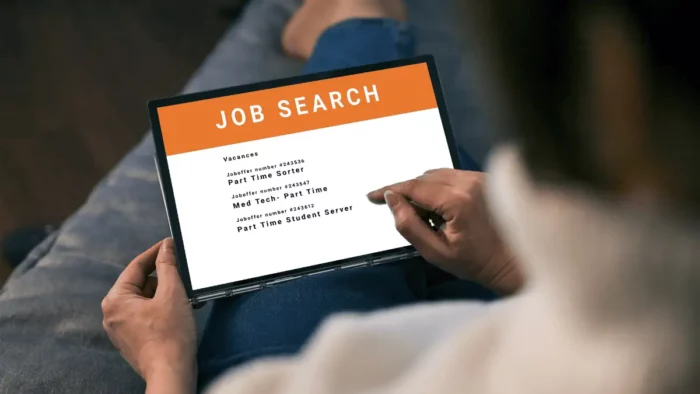A resume provides potential employers with a summary of your work experience, relevant skills, and past accomplishments. Think of it as an advertisement of your viability for the role you’re applying for. However, with the intensely competitive job market nowadays, it’s no longer enough to have a detailed document that you show to prospective companies in the hopes of landing the job.
Make your resume stand out from other applicants by following these tips:
1. Search for Keywords in Job Postings
The job posting has all the necessary details on the vacant role. You must read each advertisement carefully and evaluate if you are qualified for the position. Moreover, recruiters include keywords that give you an idea of the skills that you must have to be hired. Incorporate those words into your resume but don’t overdo it.
2. Opt for a Professional Summary Instead of an Objective
A career summary gives potential employers an idea of who you are and what you do at a glance. It’s apparent that your primary objective in applying is to land a job. It makes more sense that you grab their attention by introducing yourself and what you can contribute to the company. Being knowledgeable in business writing is a definite advantage at this stage because it helps you note down your professional experiences and achievements in a clear and concise way.
3. Highlight Your Accomplishments
Aside from laying out past roles that you’ve assumed with your previous employers, you must note down the accomplishments you achieved during those times with them. It’s highly recommended for technical fields such as engineering, where recruiters want candidates who have experience in dealing with a particular set of challenges.
A couple of things to remember in writing your accomplishments include:
- Putting the spotlight on what you did on the job
- Focusing on what these accomplishments contributed to the company
- Providing a comprehensive picture on each item
A useful technique is to read the performance reviews given to you by your previous supervisor again. With this, you can get an objective perspective on your strengths and weaknesses from their feedback. It helps you identify your most prominent accomplishments and work attributes.
4. Use an Easily Readable Format
Most recruiters have to juggle tasks such as posting job ads, contacting potential employees for assessment, interviewing candidates, coordinating with hiring departments, and finalizing the job offer of successful applicants. They don’t have time to read through each application thoroughly. That’s why you must format your resume in a way that human resources can quickly scan.
Some guidelines to remember for crafting a well-formatted CV:
- Choose the Right Font – The best typefaces to use are those that have enough spacing between letters with crisp and precise edges. Steer clear of artsy fonts since they don’t provide an apparent distinction between the scripts. Classic ones like Arial and Times New Roman are recommended. Also, avoid italics, underlining, shading, and hollow bullets since they are prone to visual misinterpretation.
- Use Appropriate Font Sizes – As much as possible, keep your resume within a single page. Nonetheless, you can use a larger font for sections that you want to emphasize like your name and headings to make it easier for recruiters.
- Keep the Design Simple – There’s no need for intricate designs for your resume. It is a professional document after all. Keep it classy and simple with lots of white space.
5. Think Quality over Quantity for Skills
Include only the most relevant skills in your resume. There’s no need to write down how proficient you are in using Microsoft Office and other necessary software because it’s a staple in today’s modern world. Keep this section of your application short by answering the question of whether other applicants can write that they have a particular competency.
Two resume styles can affect how you write your skills section:
- Chronological – This type lists down your previous experiences and accomplishments according to date, beginning with the new skills you acquired with your past employer. It’s the most commonly used format for job applications.
- Functional – Unlike its chronological counterpart, functional resumes highlight the skills and experiences that make you a strong contender for the role. It focuses on the job requirements that you can fulfill.
6. Get Quick Help With Our Resume Builder
Are you looking to create a resume quickly using a resume builder? Why not give us a try? Our simple yet effective platform Resumist will help you craft out professional resumes in no time. We have an abundance of beautifully designed templates to get you started. We’ll offer you excellent suggestions that will enhance your CV. You can browse real-life samples and edit your resume according to your needs and preferences. With our expert advice, HR managers will be reaching out to you before you know it. Don’t wait any longer. Try our free services today.
Conclusion
In today’s competitive job market, you need to ensure that your resume stands out from hundreds of applications that recruiters have to sift through. You must focus on what you can contribute to the company to convince them that you are the right person for the role.





